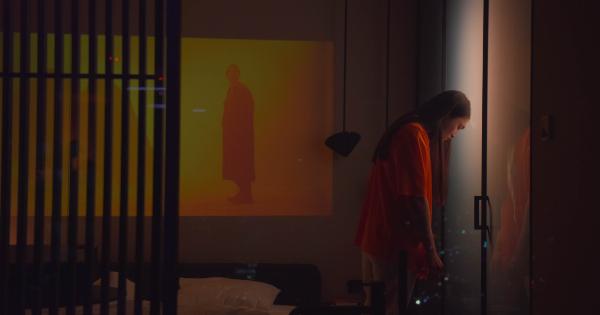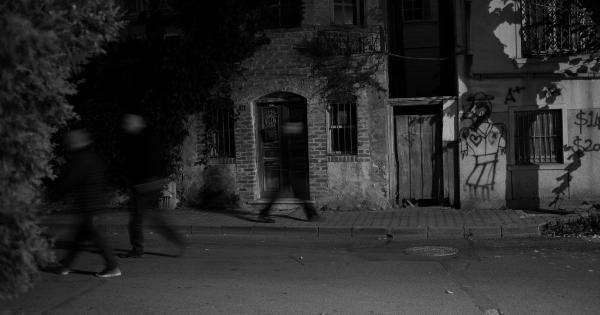Night terrors are a type of sleep disorder that affects both adults and children. In this condition, people may experience extreme distress during their sleep, which can cause them to scream, flail, and even sit upright in bed.
The episodes usually occur during the first few hours of sleep and can last up to thirty minutes.
Although they may appear like nightmares, they are different in many ways, such as the fact that the person experiencing them doesn’t remember the episode in the morning.
What Are Night Terrors?
Night terrors are frightening episodes of intense fear that occur while a person is asleep. These episodes are also called sleep terrors and occur during the first half of the sleep cycle, usually in the first third or half of the night.
They are most common in children aged between 4 and 12 years, but they can occur in adults too.
Night terrors are different from nightmares. During a nightmare, a person experiences a frightening dream that wakes them up in the middle of the night.
They can remember the dream, and they’re usually able to go back to sleep quickly after waking up. However, during a night terror, the person remains asleep and is unable to wake up. They may scream, cry, or thrash around in bed. Night terrors typically last for a few minutes, although they can be much longer.
What Causes Night Terrors?
Night terrors are caused by a sudden arousal from non-REM sleep into deep or slow-wave sleep. During non-REM sleep, the body goes through several stages of sleep, including a period of deep or slow-wave sleep.
It’s at this stage that most night terrors occur. Some of the common causes of night terrors include:.
- Stress
- Tiredness or lack of sleep
- Fever
- Family history of sleep terrors or sleepwalking
- Sleep deprivation
- Certain medications
- Other sleep-related disorders
When to Seek Treatment for Night Terrors?
If you or a loved one experiences night terrors, it may be time to visit a doctor. Seek medical attention if:.
- The night terrors disrupt sleep on most nights
- Your child is over six years old and still experiences night terrors
- The night terrors cause injury to the person experiencing them or to someone else, such as a bed partner or a child sharing the same room
- The night terrors cause significant distress, anxiety, or shame to the person experiencing them or to the family members present when they occur
Treatments for Night Terrors
There is no specific cure for night terrors. However, most people who experience night terrors don’t require treatment, especially if the episodes are infrequent, don’t disrupt their sleep or cause harm to themselves or others.
Also, most people will typically outgrow night terrors.
Treatment is usually recommended for individuals who experience frequent or severe night terrors or if night terrors occur due to an underlying psychiatric or medical condition. The treatment options may include:.
- Addressing underlying medical conditions or psychiatric disorders
- Counseling or psychotherapy
- Relaxation techniques, such as meditation or yoga
- Prescribing medication, such as benzodiazepines or antidepressants
- Creating a routine for sleep and relaxation before bed
- Improving sleep hygiene (such as reducing caffeine intake or avoiding stimulating activities before bedtime)
How to Prevent Night Terrors?
There are some steps that you can take to reduce the incidence of night terrors:.
- Maintain a consistent sleep schedule
- Reduce or eliminate caffeine intake
- Avoid alcohol consumption close to bedtime
- Establish a bedtime routine that is calming and relaxing
- Keep the sleep area comfortable, cool, and dark. Use a night light if necessary
- Ensure that your child is well-rested and is not overtired before bedtime
Conclusion
Night terrors can be frightening and unsettling for both the person experiencing them and their family members. They are different from nightmares and occur during deep or slow-wave sleep.
Night terrors usually occur in children, but adults can experience them too. They are usually harmless and don’t need any specific treatment. However, if they are causing distress or significantly disrupting sleep, it’s important to seek medical attention.



























